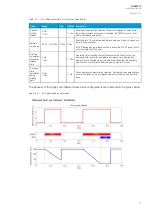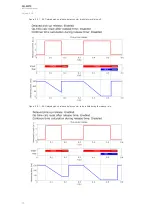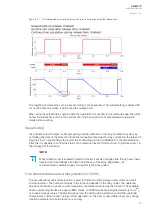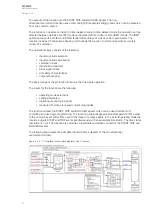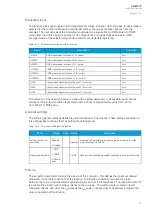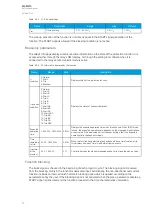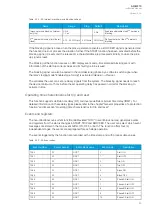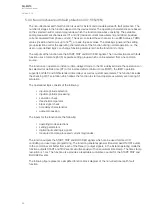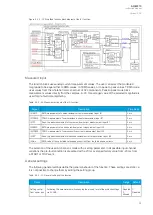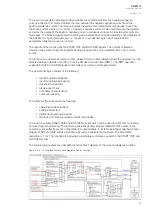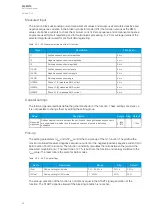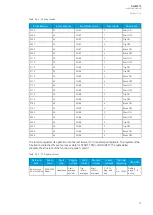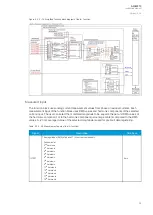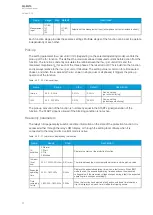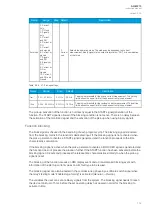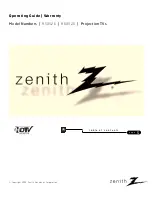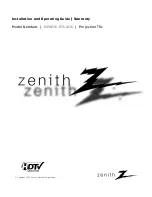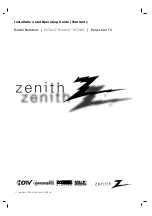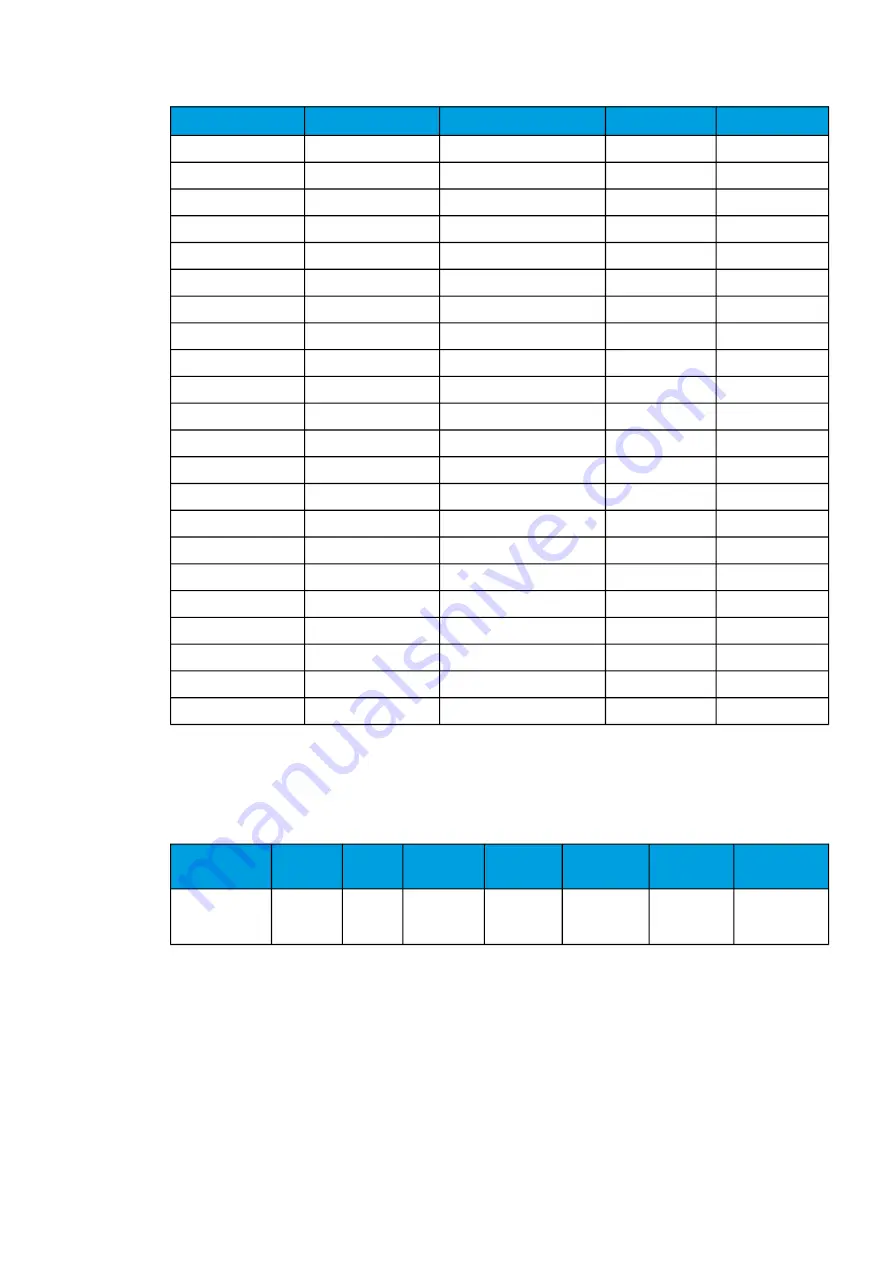
Event number
Event channel
Event block name
Event code
Description
1666
26
NEF1
2
Trip ON
1667
26
NEF1
3
Trip OFF
1668
26
NEF1
4
Block ON
1669
26
NEF1
5
Block OFF
1728
27
NEF2
0
Start ON
1729
27
NEF2
1
Start OFF
1730
27
NEF2
2
Trip ON
1731
27
NEF2
3
Trip OFF
1732
27
NEF2
4
Block ON
1733
27
NEF2
5
Block OFF
1792
28
NEF3
0
Start ON
1793
28
NEF3
1
Start OFF
1794
28
NEF3
2
Trip ON
1795
28
NEF3
3
Trip OFF
1796
28
NEF3
4
Block ON
1797
28
NEF3
5
Block OFF
1856
29
NEF4
0
Start ON
1857
29
NEF4
1
Start OFF
1858
29
NEF4
2
Trip ON
1859
29
NEF4
3
Trip OFF
1860
29
NEF4
4
Block ON
1861
29
NEF4
5
Block OFF
The function registers its operation into the last twelve (12) time-stamped registers. The register of the
function records the ON event process data for START, TRIP or BLOCKED. The table below
presents the structure of the function's register content.
Table. 5.3.3 - 42. Register content.
Date and time
Event
code
Fault
type
Trigger
current
Fault
current
Pre-fault
current
Trip time
remaining
Used SG
dd.mm.yyyy
hh:mm:ss.mss
1664-1861
Descr.
A-G-
R…C-G-
F
Start
average
current
Trip -20ms
averages
Start -200ms
averages
0 ms...1800s
Setting
group 1...8
active
5.3.4 Negative sequence overcurrent/ phase current reversal/ current unbalance
protection (I2>; 46/46R/46L)
The current unbalance function is used for instant and time-delayed unbalanced network protection
and for detecting broken conductors. The number of stages in the function depends on the
relay model. The operating decisions are based on negative and positive sequence current magnitudes
which the function constantly measures. In the broken conductor mode (I2/I1) the minimum allowed
loading current is also monitored in the phase current magnitudes.
A
AQ
Q-M210
-M210
Instruction manual
Version: 2.04
87


